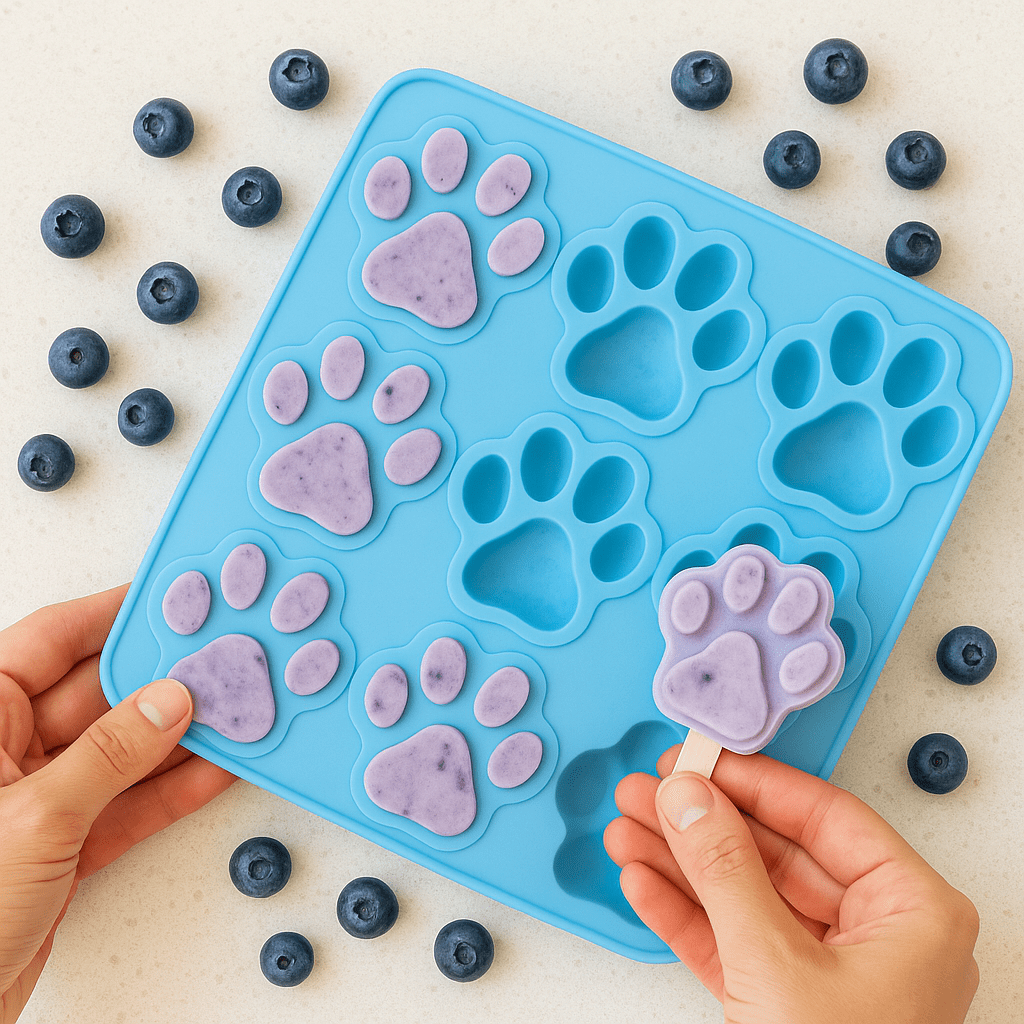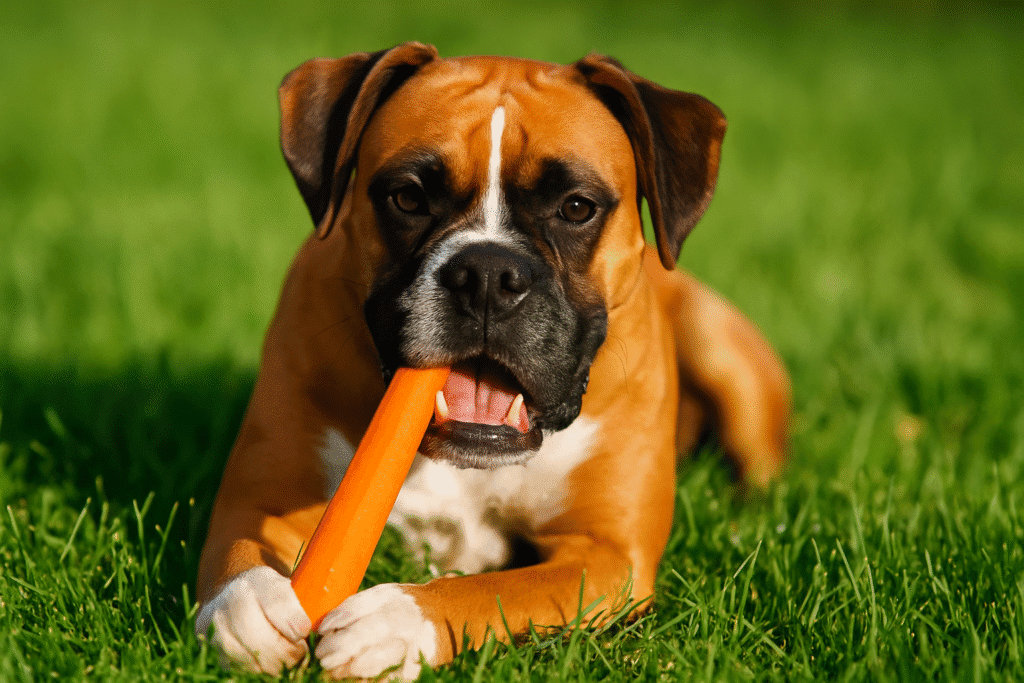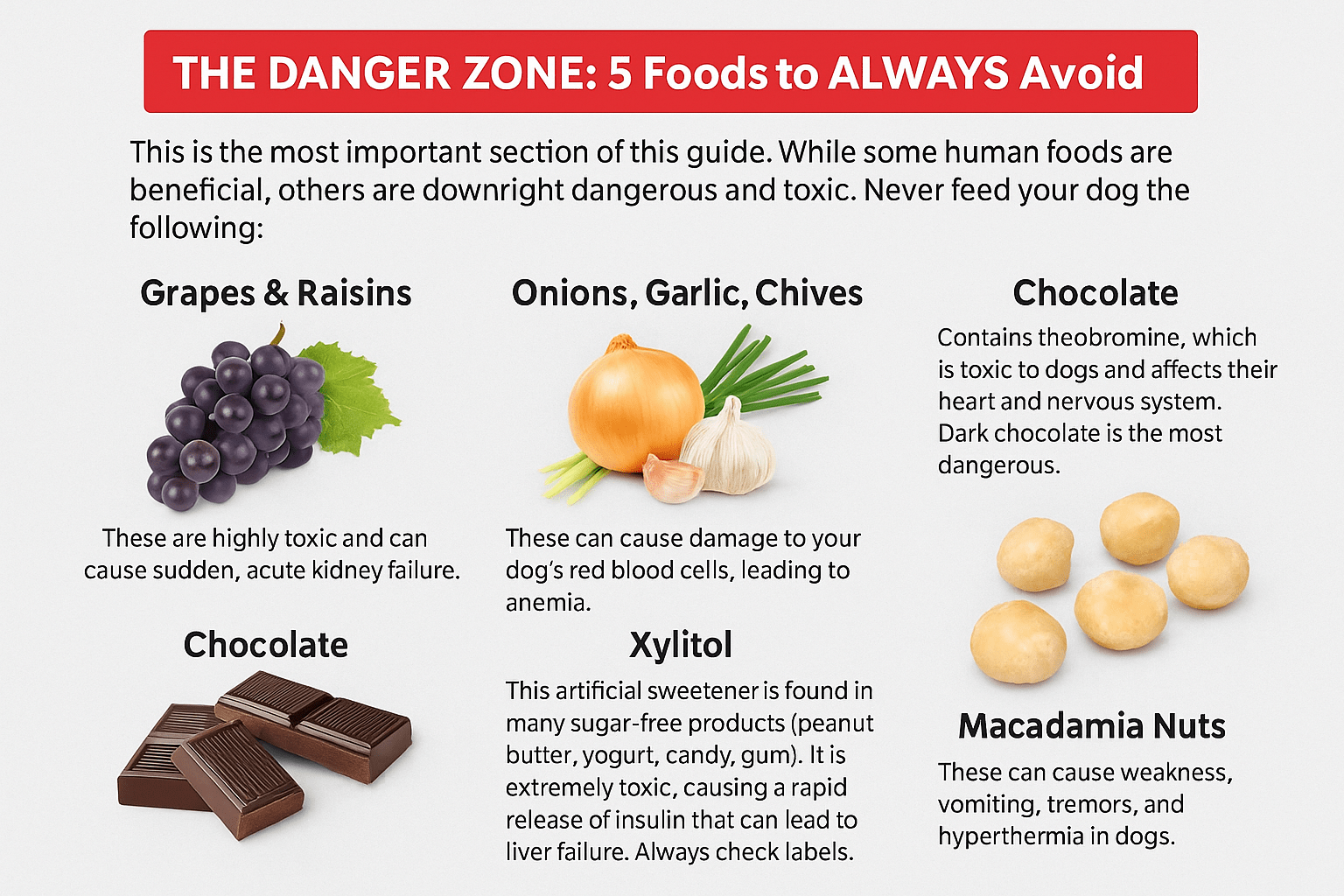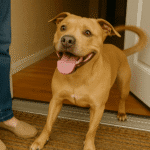10 Human Superfoods That Are Great for Your Dog (And a Few to ALWAYS Avoid)
Every dog owner knows “The Stare.” You’re enjoying a yogurt, munching on an apple, or making a smoothie, and you feel it—the intense, unwavering gaze of your furry food critic. Their eyes, wide with hope and judgment, follow every move from your plate to your mouth. This silent, intense plea often leaves us wondering, “Can I share this? Is this good for them?” While our “petty pups” may act as though they are entitled to a bite of everything we eat, their health and dog wellness must always come first.
The good news is that sharing your food can be a wonderful way to bond and boost your dog’s nutrition—*if* it’s done safely. Many of the “superfoods” we eat for our own health can be fantastic for our dogs, too, providing vitamins, antioxidants, and fiber. This guide will walk you through the top 10 human foods you can safely share with your discerning pup, how to serve them, and, most importantly, the dangerous foods you must ALWAYS keep to yourself.
The Golden Rules of Sharing Human Food
Before you start handing out snacks from your plate, it’s crucial to establish some ground rules. These principles will ensure that your treats are helping, not harming, your dog’s health.
- Moderation is Everything: Treats, including healthy human foods, should never make up more than 10% of your dog’s daily caloric intake. Their primary nutrition must come from their complete and balanced dog food.
- Go Slow and Steady: When introducing any new food, start with a very small amount to see how your dog’s digestive system reacts.
- When in Doubt, Ask Your Vet: If your dog has any underlying health conditions, like diabetes, allergies, or pancreatitis, it is essential to consult your veterinarian before adding new foods to their diet.
- Keep it Plain and Simple: Dogs should only eat foods that are served plain. That means no salt, no sugar, no butter, no spices, and absolutely NO artificial sweeteners like xylitol.
Our Top 10 Dog-Friendly Superfoods
Ready to upgrade your dog’s treat game? Here are 10 nutrient-packed foods that get the green light for your furry foodie.
1. Pumpkin Puree
Why it’s great: This is a superstar for digestive health. Rich in fiber, pumpkin can help with both constipation and diarrhea. It’s packed with vitamins A, C, and E.
How to serve: A spoonful of 100% pure canned pumpkin puree (NOT pumpkin pie filling, which is full of sugar and spices) on top of their regular food.
2. Blueberries
Why they’re great: Blueberries are loaded with antioxidants, which fight cell damage, and they’re a good source of fiber and Vitamin C. Their small size makes them a perfect low-calorie training treat.
How to serve: Fresh or frozen. Many dogs love the crunchy texture of a frozen blueberry on a hot day.
3. Carrots
Why they’re great: These are a fantastic low-calorie snack that’s high in beta-carotene (which converts to Vitamin A) and fiber. The crunchy texture is also great for helping to clean your dog’s teeth.
How to serve: Raw carrot sticks are a satisfying, crunchy chew. You can also shred or steam them and add to their food bowl.
4. Cooked Salmon
Why it’s great: Salmon is a powerhouse of omega-3 fatty acids, which are incredible for supporting a healthy skin and coat, reducing inflammation, and boosting the immune system.
How to serve: Always cooked plain, with no seasoning or oil. NEVER serve raw salmon. A small, flaked portion over their kibble is a wonderful treat.
5. Apples
Why they’re great: A great source of vitamins A and C, as well as fiber. They provide a satisfying crunch that dogs love.
How to serve: Sliced up, with the core and all seeds completely removed. Apple seeds contain small amounts of cyanide and are a choking hazard.
6. Plain Yogurt or Kefir
Why it’s great: It’s full of calcium and probiotics, which are fantastic for gut health. This can be especially helpful for dogs with sensitive stomachs.
How to serve: A small spoonful. IMPORTANT: Ensure it is plain, unsweetened, and contains NO xylitol, which is highly toxic to dogs.
7. Spinach
Why it’s great: This leafy green contains a wealth of vitamins and iron. It’s a great way to add some green goodness to their diet.
How to serve: Steamed and chopped up finely. Serve in small quantities as it contains oxalates, which can be problematic in very large amounts.
8. Cooked Sweet Potatoes
Why they’re great: An excellent source of dietary fiber, vitamin B6, vitamin C, and beta-carotene. They are naturally sweet and easy on the digestive system.
How to serve: Steamed or baked, with no seasonings. You can mash them up and add to their food.
9. Oats
Why they’re great: Oatmeal is a great source of soluble fiber, which can be especially beneficial for older dogs with bowel irregularity. It’s also a good alternative grain for dogs with wheat sensitivities.
How to serve: Cooked thoroughly with plain water and no sugar or flavorings.
10. Chia Seeds
Why they’re great: Don’t let their size fool you. These tiny seeds are packed with omega-3 fatty acids, fiber, and calcium.
How to serve: A small sprinkle (e.g., a quarter teaspoon for a small dog) over their food. It’s best to soak them in water first to form a gel, which is easier to digest.
The DANGER ZONE: 5 Foods to ALWAYS Avoid
This is the most important section of this guide. While some human foods are beneficial, others are downright dangerous and toxic. Never feed your dog the following:
- Grapes & Raisins: These are highly toxic and can cause sudden, acute kidney failure.
- Onions, Garlic, Chives: These can cause damage to your dog’s red blood cells, leading to anemia.
- Chocolate: Contains theobromine, which is toxic to dogs and affects their heart and nervous system. Dark chocolate is the most dangerous.
- Xylitol: This artificial sweetener is found in many sugar-free products (peanut butter, yogurt, candy, gum). It is extremely toxic, causing a rapid release of insulin that can lead to liver failure. Always check labels.
- Macadamia Nuts: These can cause weakness, vomiting, tremors, and hyperthermia in dogs.
Conclusion: A Shared Snack, A Stronger Bond
Sharing food is an act of love, and now you can do it in a way that truly enhances your dog’s health and wellness. By introducing these dog-friendly superfoods as healthy treats, you’re not just satisfying “The Stare”—you’re adding powerful nutrients to their diet. Always remember to keep it safe, keep it plain, and enjoy the fun of discovering your dog’s new favorite healthy snack. A happy gut and a healthy body will only give your petty pup more energy for their dramatic sighs and spot-stealing antics!







